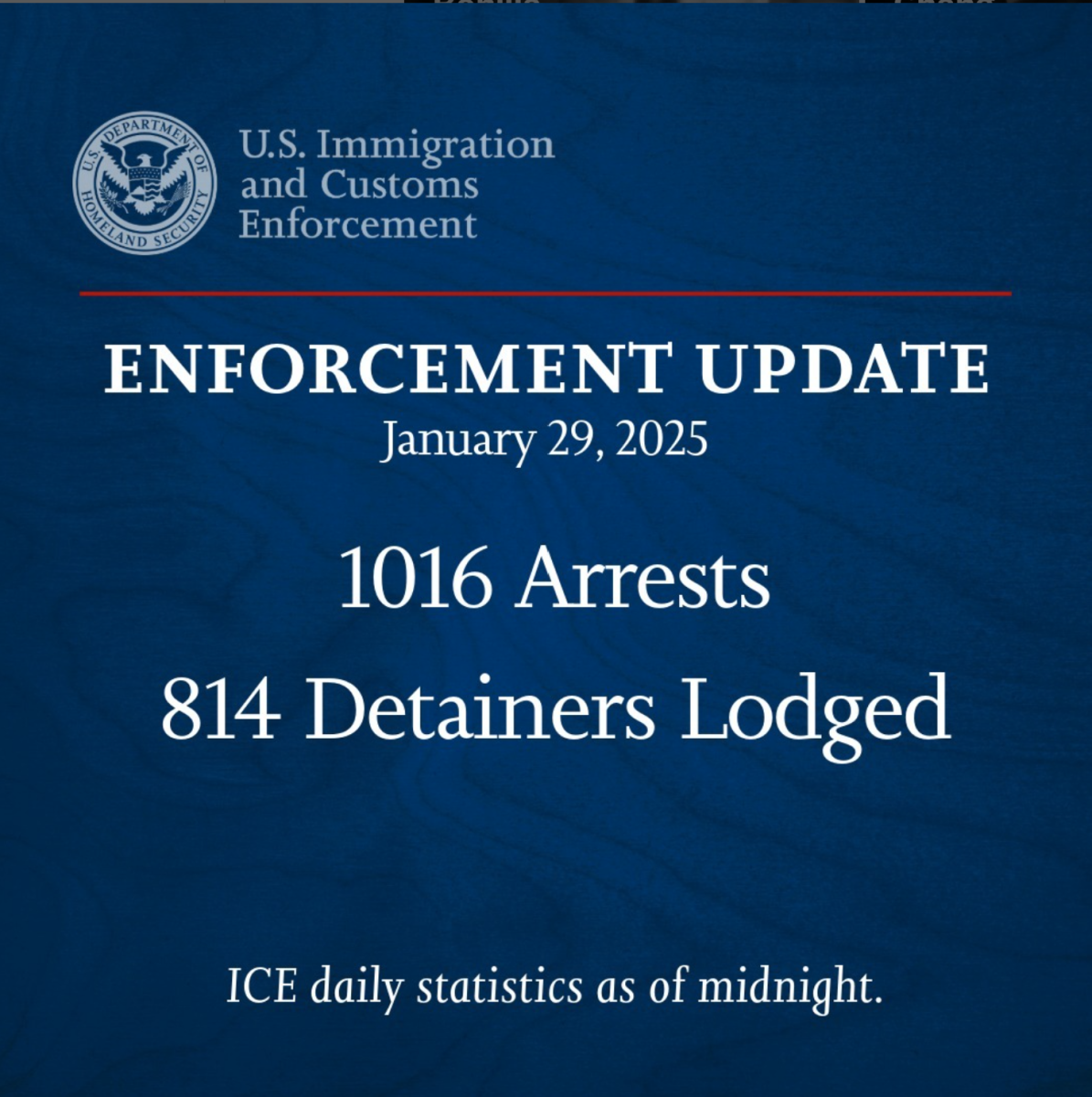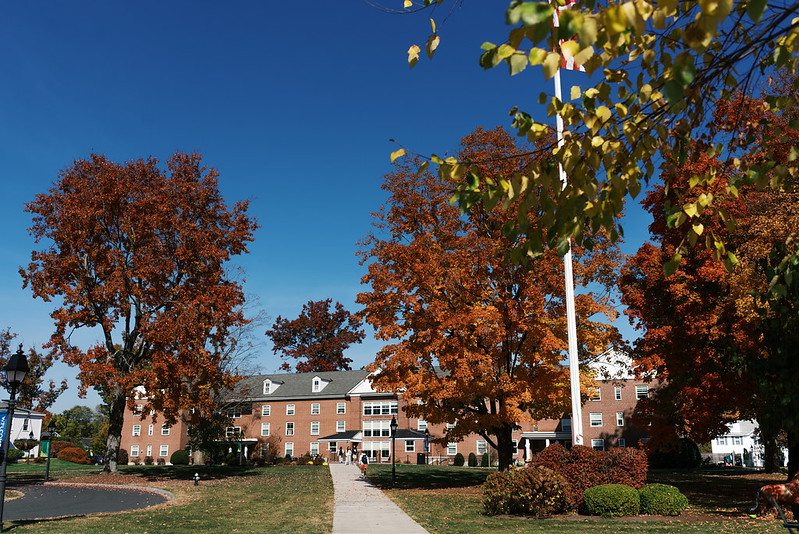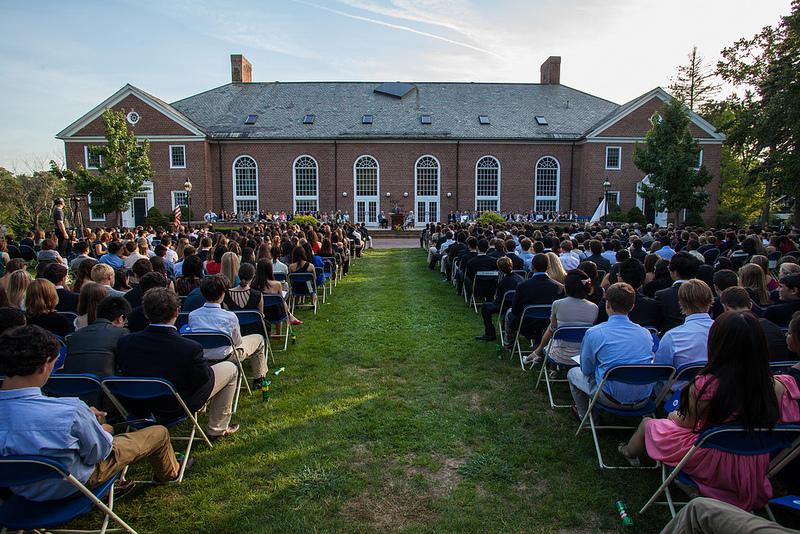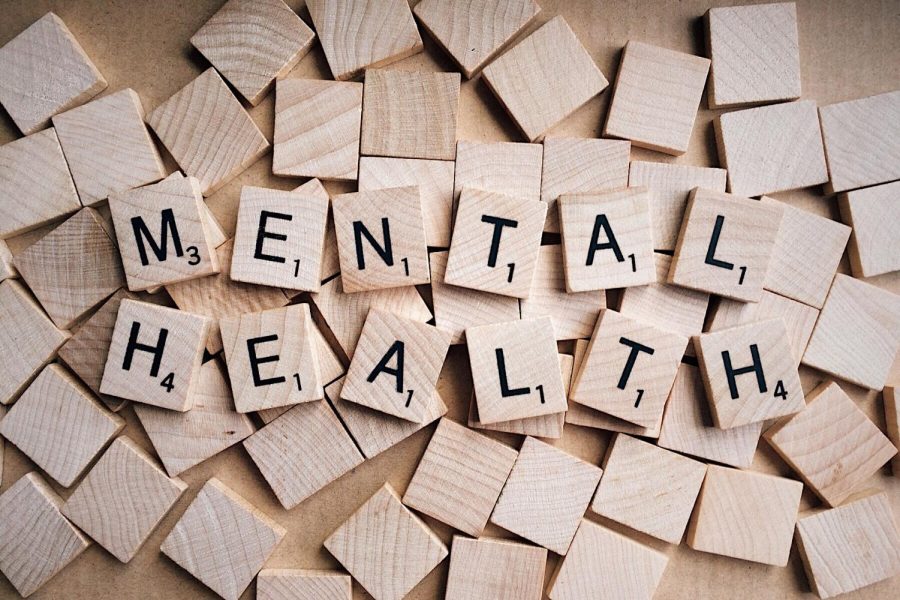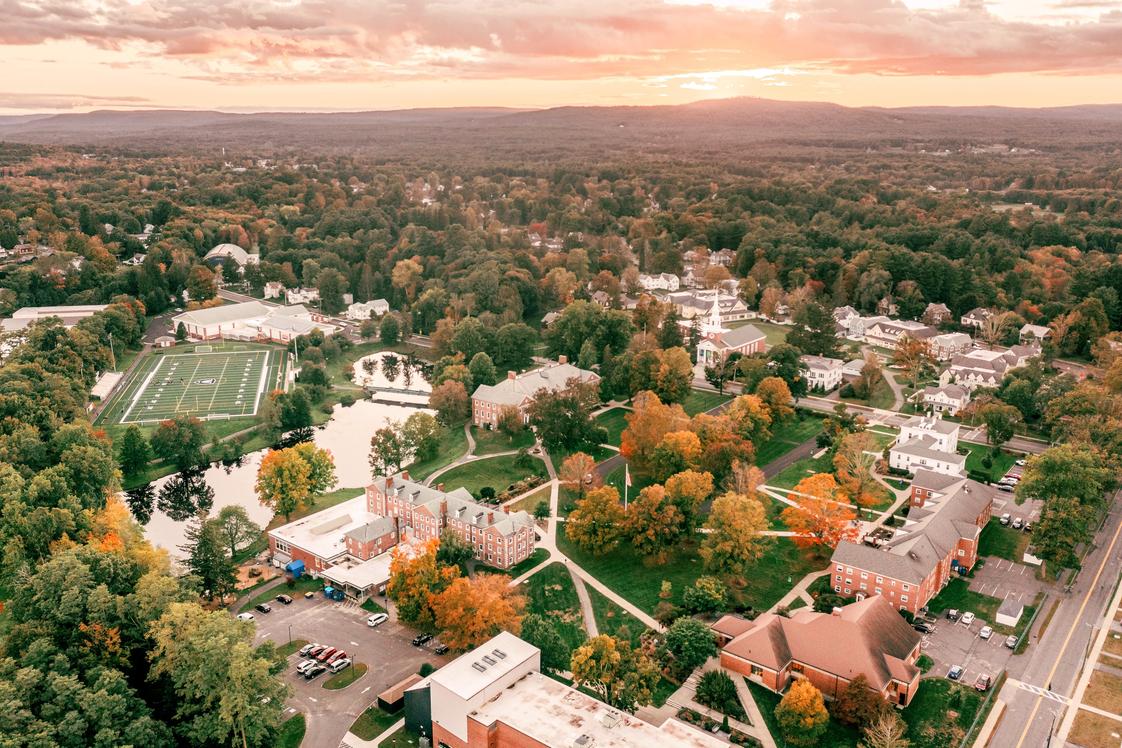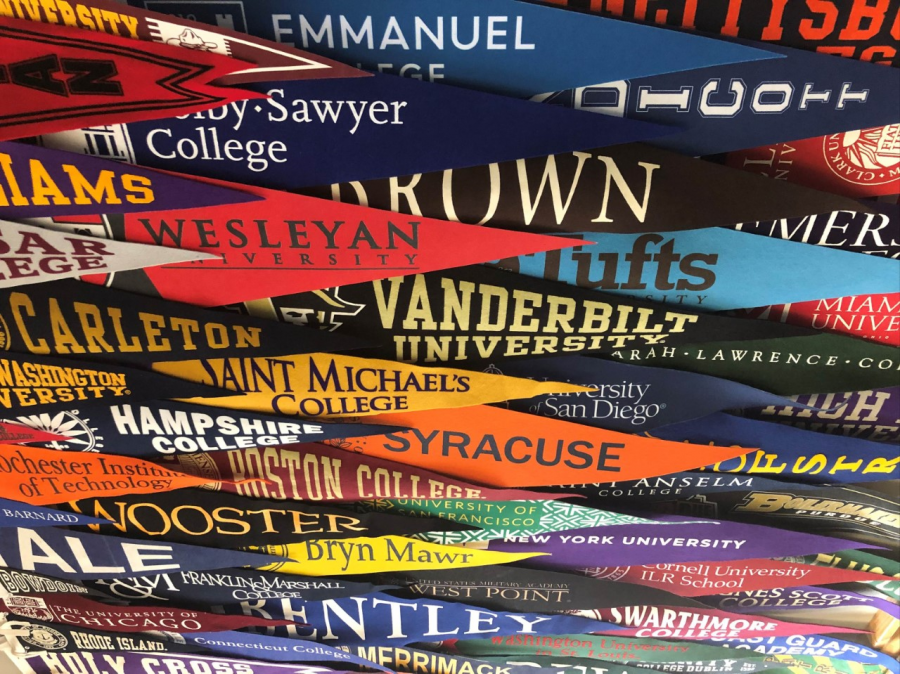Ever since President Trump took office, there have been increased discussions over the state of immigration in the U.S., and how Trump’s presidency could lead to drastic changes for millions of American immigrants.
Trump’s plans for immigration are a major element of his platform; among his plans are to deport millions of undocumented immigrants, as well as sealing the U.S.-Mexico border to prevent future crossings.
Trump’s rhetoric on immigration has divided the nation ever since he announced his first bid for the presidency in 2014. During his first term, he sought to build a wall along the more than 2,000 miles of border between the U.S. and Mexico. Trump’s interest in funding the wall was one of the factors that led to a federal government shutdown from Dec. 22, 2018 to Jan. 25, 2019, when President Trump and Congress could not agree on an appropriations bill to fund government projects.
In his second term in office, Trump’s rhetoric on immigration and the U.S-Mexico border is different, but these issues remain as large a part–if not a larger part–of the president’s platform.
Recently, under Trump’s orders, U.S. Immigration and Customs Enforcement (ICE) has begun a series of raids in major American cities, all with the goal of detaining and eventually deporting undocumented immigrants with criminal records. ICE has been operating in Boston, as well as New York, Chicago, Detroit, Mich., and other metropolitan areas across the country.
With ICE’s operations ramping up, the Trump administration has reported that the number of immigrants detained has increased significantly, with close to 1,200 arrests being made daily, according to a senior Trump administration official. The administration also reports that half of those detained don’t have criminal records. Many of the detained individuals appear to have no prior criminal records, with only small fraction being targeted for committing crimes in the U.S.
Another change that has come since the Trump administration has taken office is the status of some areas as sanctuaries for undocumented immigrants. Under the previous administration hospitals, churches, and schools were typically off-limits for ICE operations, but Trump revoked this policy, allowing ICE officials to enter schools, places of worship, and other “sensitive locations.”
Facing criticism of this new policy, which some consider cruel, Vice President J.D. Vance maintained that the decision is to help support the removal of dangerous criminals. Speaking on “Face the Nation” with Margaret Brennan, Vance said the change in policy empowers “law enforcement to enforce the law everywhere.”
With an increase in arrests and deportations of immigrants, some people fear there will also be a rise in hateful rhetoric against some of these people. Additionally, heightened stigma around immigration could have an effect of foreign individuals working or studying in the U.S.–even if they have proper documentation.
This is especially relevant at an institution like Williston, where many students are international and are in the U.S. on school visas. The changes to immigration policy could have changes for some of these international students.
One concern stems from a recent piece of legislation that could suspend visas coming from countries that the U.S. consider to pose threats to national security.
“On January 20, 2025, President Trump signed an executive order titled “Protecting the United States from Foreign Terrorists and other National Security and Public Safety Threats,” said Nat Simpson, a Spanish Teacher and International Student Coordinator at Williston.
Simpson told The Willistonian that this order would alter the standards by which the U.S. grants visas.
“This order mandates top officials to identify countries with deficient vetting processes, which could lead to partial or full suspensions of admissions from those nations,” Simpson said. “The order also expands criteria for visa denial and removal based on ideological grounds, potentially affecting students, workers, and educational exchange participants.”
Prior to the previous Trump administration, some universities recommended that international students return to the U.S. before the inauguration to avoid being stuck in their home countries.
“Institutions such as Harvard, Brown, Northeastern, and MIT have issued guidance urging students to return early to mitigate risks associated with possible policy changes,” Simpson said. With Trump continuing his immigration policies in his second term, Simpson anticipates similar warnings from universities aimed at protecting international students from travel restrictions.
Beyond policy changes, increased focus on immigration could also have cultural and social implications for international students in the U.S., which some worrying that Trump’s rhetoric on immigration could embolden some Americans to espouse hatred toward the country’s migrant population.
Simpson told The Willistonian that although he does not worry about this sort of rhetoric within Williston, he does recognize the possibility of it developing outside the school.
“I am most concerned about how sentiment about international students may change with the new administration outside the green gates of our school community … in our town, our state, and our country,” Simpson said. “Sentiment about international students could change on a national level for the worse, if we, as consumers of innumerable media sources, do not question what we see, hear, and read about people of other cultures and countries.”
A large part of Williston’s education is teaching students about cultural and ethnic diversity, which Simpson believes will help combat possible rises in hateful rhetoric outside the school.
“As a school community, we are working toward cultural humility, a lifelong process of self-reflection, learning, and commitment to understanding and respecting other cultures, identities, and perspective,” Simpson explained. “It emphasizes an openness to the diversity of human experiences, recognizing one’s own biases, and fostering equitable relationships.”
The type of diversity that exists at Williston, in addition to the school’s academic mission, makes Simpson hopeful Williston will continue to be a welcoming community.
“I am less concerned about how sentiment about international students could change for the worse on our campus,” Simpson said. “Williston is a vibrant, diverse community where one fourth of our student body is international, coupled with all other representations of diversity, both visible and unseen.”



